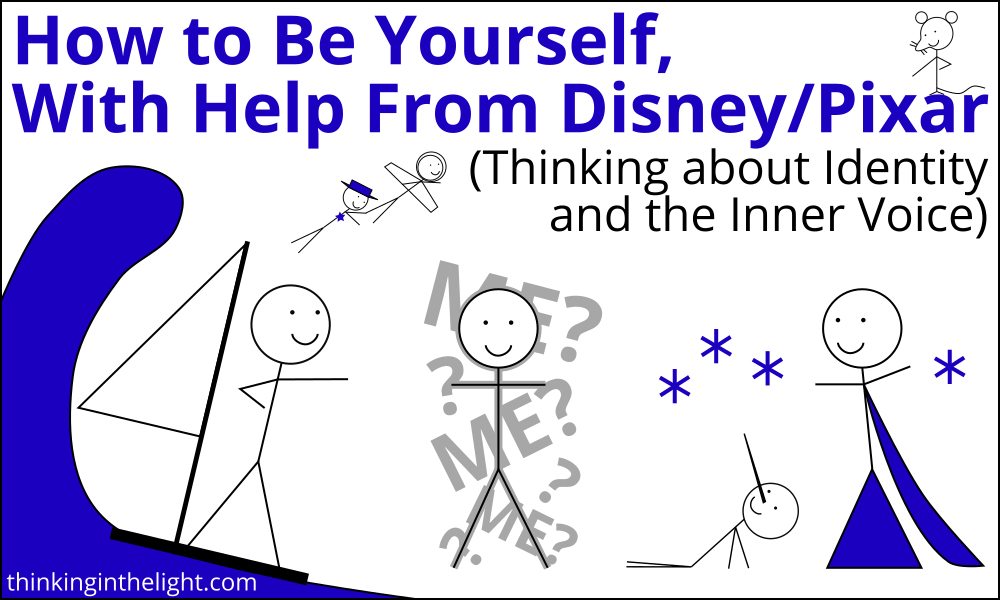
- To Sleep, Perchance to Dream
- Epicurus on Death Without Fear
- The Thousand Natural Shocks
- Stoic Apathy Towards Death
- The Undiscover’d Country
- Plato on the Disembodied Afterlife
- Take Arms Against a Sea of Troubles
- Russell on Defying Death
- Coming Soon (or at least eventually)
For previous series, see the list of all series, including:
For posts that are not part of a series, see the list of one-offs. The most recent are:


